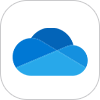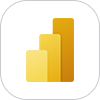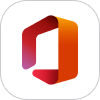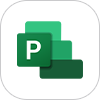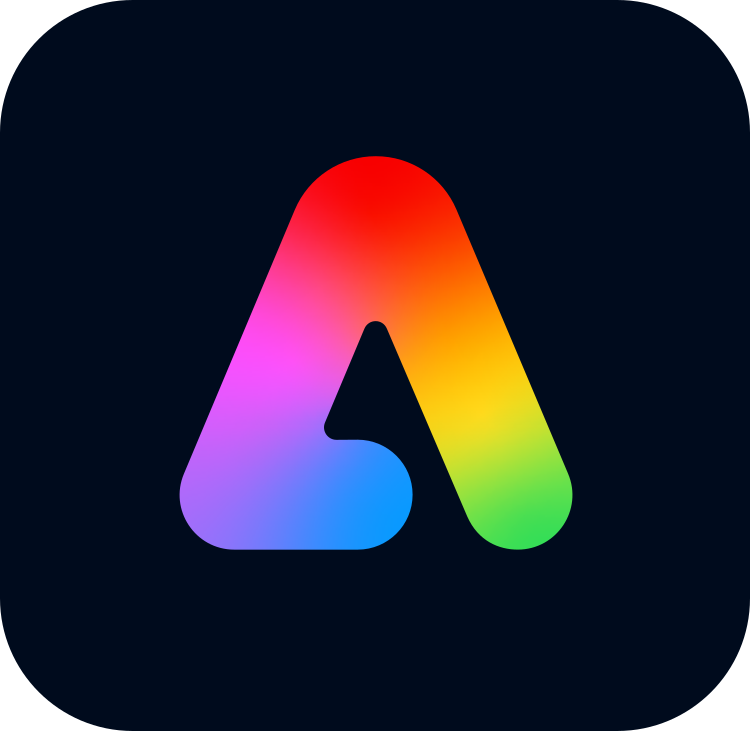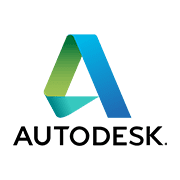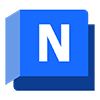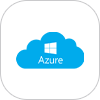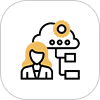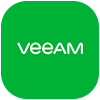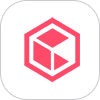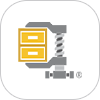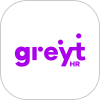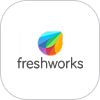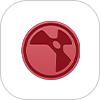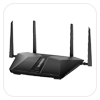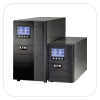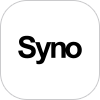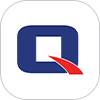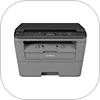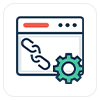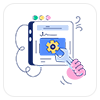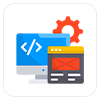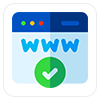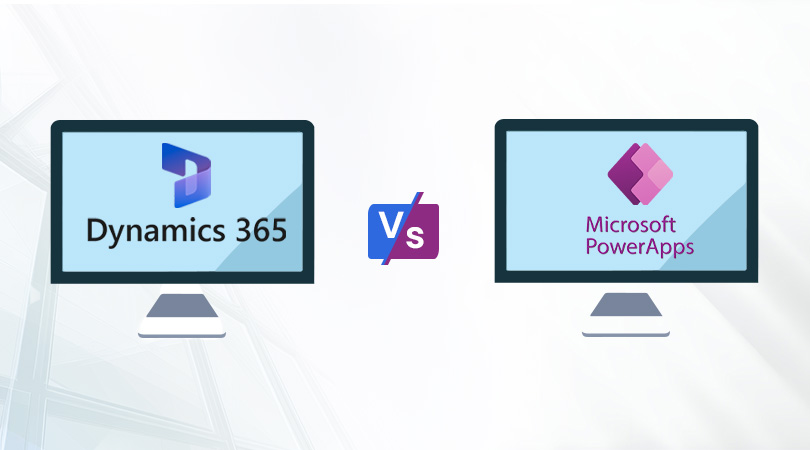
PowerApps and Microsoft Dynamics 365 are some of the very robust platforms that help businesses function with greater productivity and a more streamlined processes as well. These two systems have different and advanced features. One can nurture technical expertise with the user-friendly solutions of the company.
Microsoft Dynamics 365
Microsoft Dynamics 365 is a cloud application. This makes the speeding up of the management process of customer relationships and enterprise resource planning possible. An organization can facilitate its procedures as well as enhance its client interaction with the wide and diversified array of technologies. It’s pretty easy to work with the workflow automation, integration of services with Microsoft, and large data sets on a desktop and even on mobile devices. The software unifies sales, customer care, finance, marketing, and operations into one single platform.
Microsoft Power Apps
Microsoft PowerApps has low-code developers who can easily design applications without the need for much programming experience. When you connect to a variety of data sources, businesses can easily develop customized apps for a number of devices. The programs have the potential to automate procedures and handle data and inventory control systems. Besides, PowerApps can integrate all other Microsoft services for visualization and data automation and related activities.
Key Points of Differences
- In lay term, Microsoft Dynamics 365 is made for sales and customer services. It has a strong data architecture. It can handle a lot of data and can be used by organizations working with so much information. Compared to it, Power Apps puts all the emphasis on the development of custom business apps and you can create special apps without the involvement of a developer.
- Another difference is the type of applications developed using one platform over another. For instance, Dynamics 365 offers many pre-built applications, such as Dynamics 365 Sales and Dynamics 365 Marketing applications. These applications could manage particular business processes with full-fledged enterprise requirements for companies that are in greater need of an Enterprise solution. PowerApps, for example, empowers companies to create custom canvas apps that may then be utilized in designing a line-of-business application that incorporates something like an inventory management system or employee portal.
- Dynamics 365 provides organizations with access to Power BI. It is a powerful data visualization tool that allows you to generate interactive reports and dashboards. Although Power BI can be linked with PowerApps to develop data visualization solutions, it is not available as a built-in visualization tool in PowerApps.
- Both the platforms, Microsoft Dynamics 365 and PowerApps, handle data differently. One uses the Common Data Service, a database built to store large volumes of data and a perfect platform for companies who need to handle a lot of client information, and the other leverages the Azure Cloud Service, which is a cloud-based platform that lets companies to store and access data from being in any part of the world.
- When it comes to automation, both platforms have Power Automate, a strong automation solution that allows companies to automate workflows and operations that are repetitive. Unlike PowerApps, Dynamics 365 provides a complete Dynamic 365 service that includes a variety of pre-built customer support apps and workflows.
A better view of the differences between Microsoft Dynamics 365 VS Microsoft Power Apps
Microsoft Dynamics 365 | Microsoft Power Apps |
| Dynamics 365 is a complete suite of integrated business applications that simplify an organization’s operations, such as finance, sales, customer support, and other processes. | The platform is the ultimate solution for building custom web and mobile applications that don’t require much coding. It has user-friendly and versatile functions that create efficient apps to meet all your business needs. |
| The pre-built modules help to customize according to a business’s unique needs, like marketing sales and others. | The pre-built templates that are provided by the platform can be customized, which enhances productivity and simplifies the processes. |
| Both for enterprise and midsize companies, there can be a ride towards leveraging the rich functionalities of CRM and EPR. | It has made you link many data connectors for connecting systems like SharePoint, SQL server and alike. |
| Power Apps besides Power BI, Power Automate, and Office 365 have seamless data sharing | Seamless integrations of Microsoft Power Platforms including Power BI and Power Automate that do visualization and automation are also allowed.
|
| Features provide explicit information on the analysis of a report.
| Power Apps can be extended and enhanced with other applications of Microsoft.
|
The platforms, Microsoft PowerApps and Dynamics 365 have many features and functions but are made for different purposes. Organizations who have to deal with huge amounts of customer data must consider Dynamics 365 while those who want manage data in a quick and easy way, by personalizing business apps, they must consider PowerApps. Although it is more than true that both the programs offer companies the chance to gain important insights that help them to make crucial business decisions.




